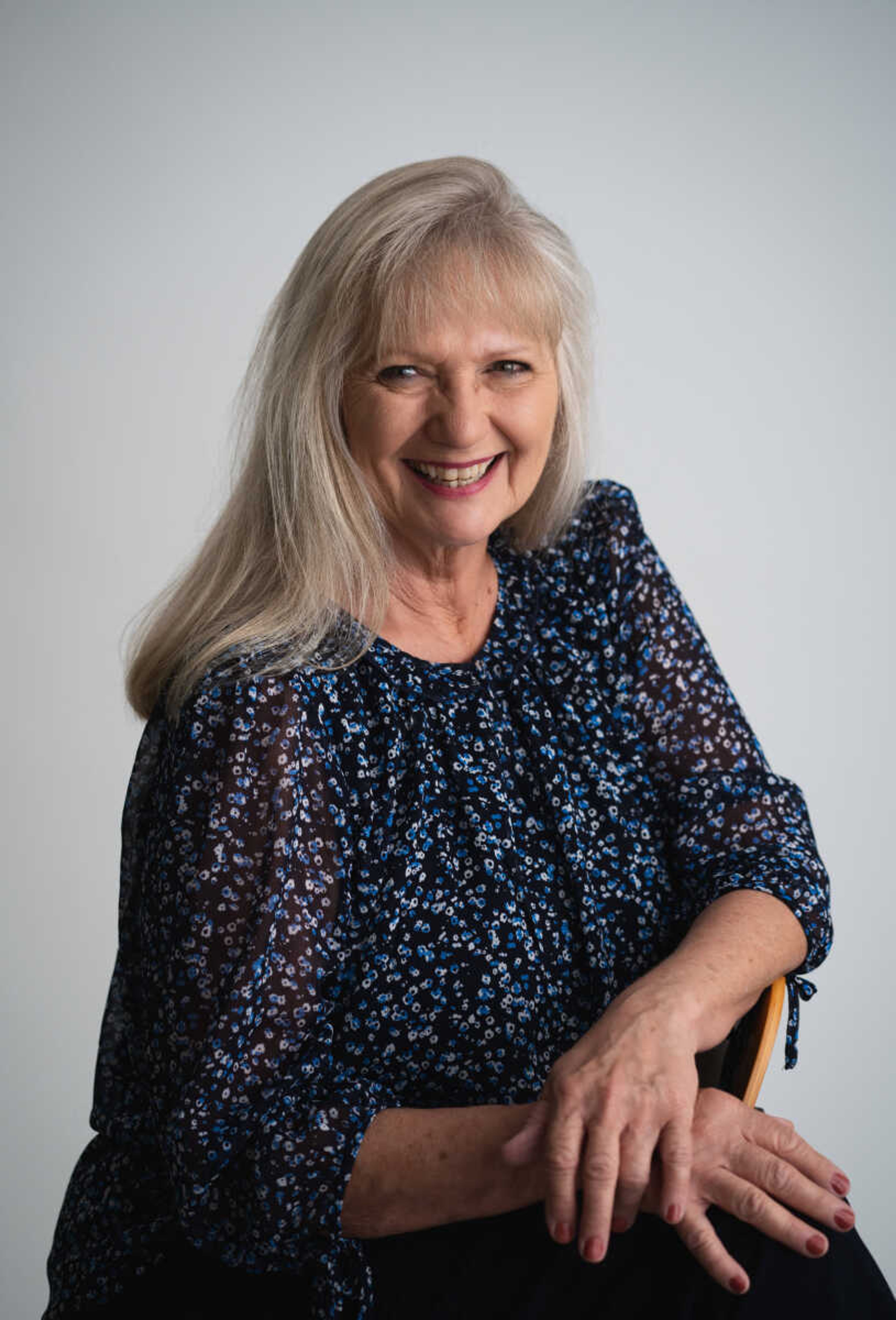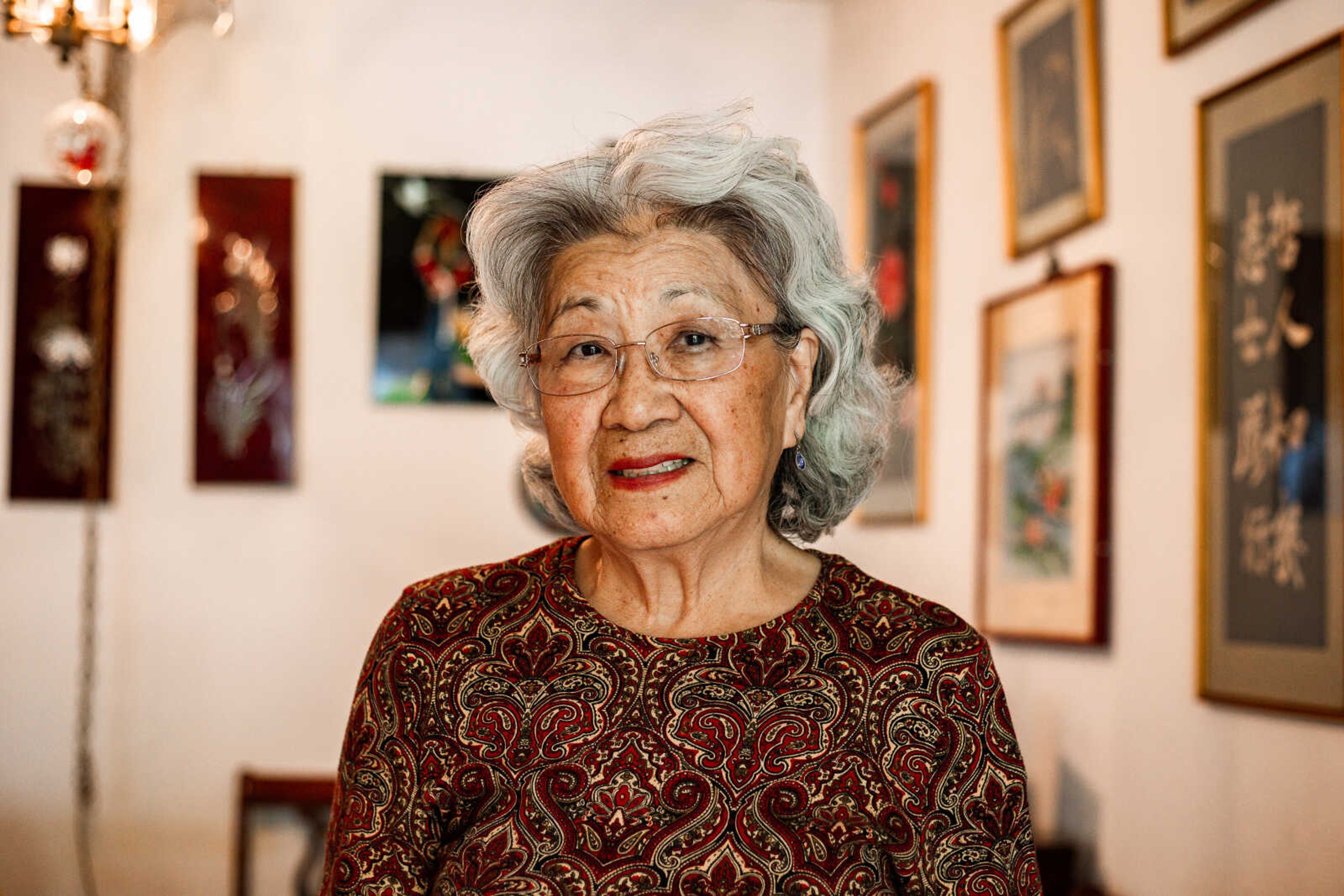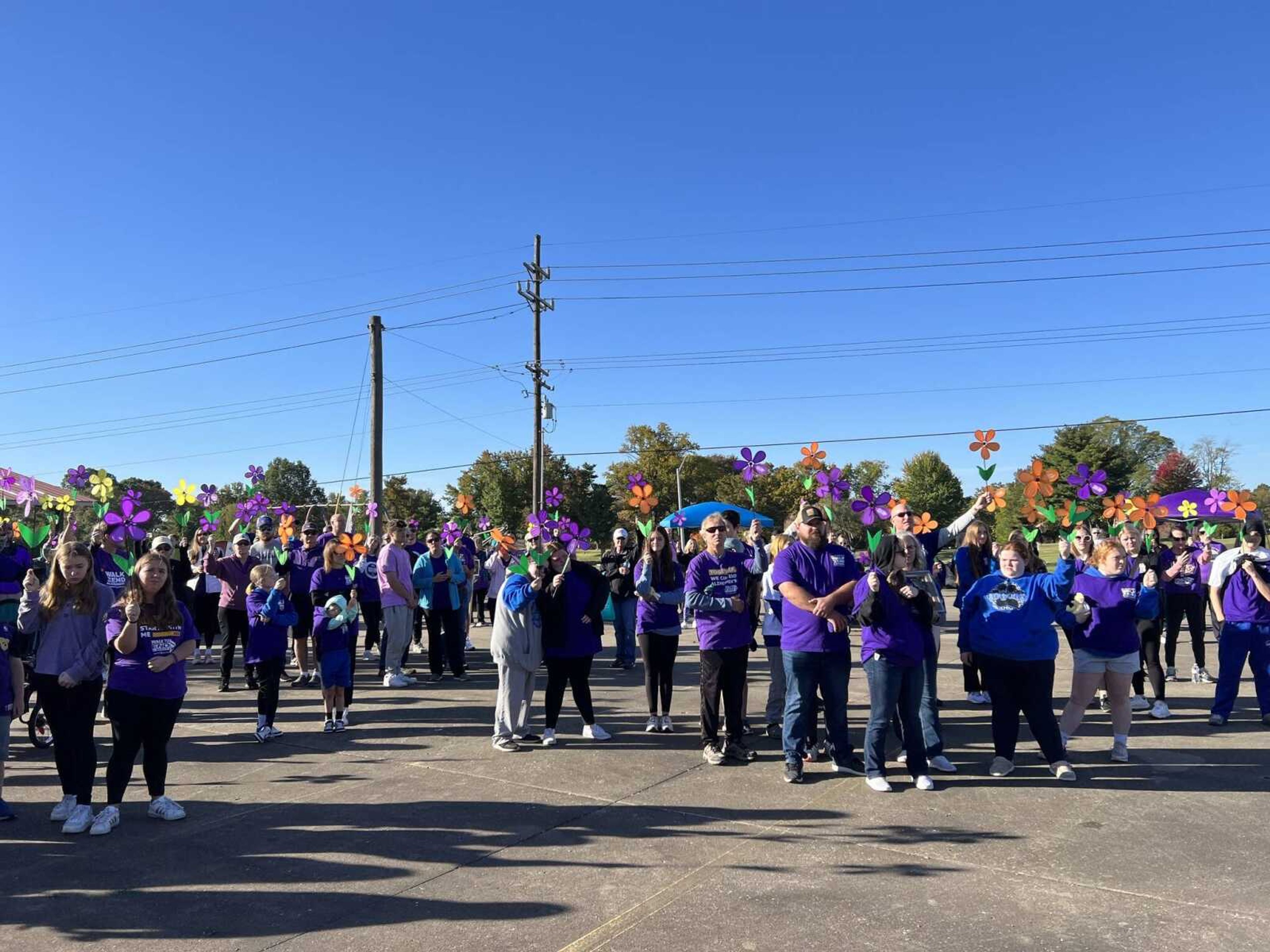Connect the Body and Mind: Practice Mindfulness
Mindfulness can be visualized as a ray of healing sunlight. Waves of observant thoughts should wash over the practitioner from head to toe, comparable to the warm comfort of stepping into the sun on a summer day. The practitioner should take a minute or two, observing the state of each part of their body — are their shoulders tense? Are they clenching their jaw?...
Mindfulness can be visualized as a ray of healing sunlight.
Waves of observant thoughts should wash over the practitioner from head to toe, comparable to the warm comfort of stepping into the sun on a summer day.
The practitioner should take a minute or two, observing the state of each part of their body — are their shoulders tense? Are they clenching their jaw?
This is how John Cooley, director of clinical services at Southeast Behavioral Health Hospital, describes the process of body scanning to patients.
Body scans are just one aspect of the practice of mindfulness, which Cooley says can have an impact on individuals experiencing anxiety, post-traumatic stress disorder or other mental health conditions.
Mindfulness is orienting focus to the present rather than the past or future, he says.
“It’s orienting yourself to ‘the now,’ so to speak,” he says. “It’s not allowing yourself to get worked up about things that have happened in the past or the future; it’s being mindful of what’s going on with yourself in the moment.”
Yoga East Healing Arts Studio owner Sue Nesler has been practicing meditation for the past 38 years. While she says meditation and mindfulness have roots in Buddhist religious tradition, its secular spread into Western culture means it can be embraced by anyone.
She describes mindfulness as a two-part practice: the physical process of a meditation session and the day-to-day mindfulness thought process. At Yoga East, she teaches the mindfulness-based stress reduction (MBSR) approach, which provides techniques to connect the two.
During meditation practice, she advises individuals spend a few moments focusing on their breaths and the environment around them. Noticing any discomfort or tension in the body without judgement, simply observing, is essential to this relaxation technique. She describes the body scan as a “journey through your physical being.”
“Mindfulness is only practiced in the here and now,” Nesler says. “That’s so important for us, as human beings, because that is where we live.”
For those with back or posture issues, mindfulness can be the missing puzzle piece to physical well-being. Chris Crawford, chiropractor and co-owner of Hudson Chiropractic, says practicing mindfulness in the workplace can be beneficial.
While Crawford says healthy mindfulness can look different for every person, there is an “extremely close” connection between mental tension and physical tension.
“You can be stressed at work or have a lot of things on your brain and be stressed in your body,” he says. “There’s a lot of connection between inflammation and a lot of hormones that are released when you’re stressed.”
Anxiety is often focused on worries about the future, Nesler says; retraining one’s brain to appreciate the present moment can help alleviate some of the stress associated with the mental health condition. In addition, rejecting anxious thoughts during an active meditation session and instead focusing on breathing can help individuals better manage negative thoughts on a daily basis.
This is the second part of mindfulness, Nesler says: the active, conscious practice of incorporating meditation techniques into the everyday.
From a chiropractic perspective, Crawford says mindfulness focuses on the most authentic way to reach a body’s full potential. It’s difficult to work the full 60 minutes of every hour, he says; a few minutes’ break from an office chair can be helpful to reduce tension-related issues.
Practice makes perfect, Cooley and Nesler say. Practicing a routine of mindfulness in the same physical position — such as sitting cross-legged on a couch — can help the brain associate the sitting position with relaxation, Nesler says.
“When we replicate something, our nervous system builds a faster and faster pathway,” she says.
She compares the body’s need for mindfulness to a stool.
“We want ‘go’ and ‘sleep,’ and that’s a very unbalanced way to approach life. It’s two legs on a three-legged stool,” she says. “The third leg is relaxation: a deep rest protocol.”
When beginning a mindfulness journey, Cooley advises finding a friend, pastor or mentor for support. Sometimes, the journey to practicing mindfulness can take months or years of hard work; having a support system can help. Actively practicing mindfulness can also be effective in small, like-minded groups, he says.
At Southeast’s Behavioral Health Hospital, Cooleys says therapists practice techniques like mindfulness, positive affirmations and guided imagery with patients. Every Sunday at Yoga East, individuals are invited to an open meditation class at 2 p.m. The class, which is free with an optional donation, can help individuals learn meditation skills they can then practice on their own time.
Mindfulness, whether practicing a two-minute meditation session or learning a different thought process, provides a natural and beneficial way to challenge negative thinking, calm the body and ultimately reach a new state of relaxation.
Connect with the Southeast Missourian Newsroom:
For corrections to this story or other insights for the editor, click here. To submit a letter to the editor, click here. To learn about the Southeast Missourian’s AI Policy, click here.










